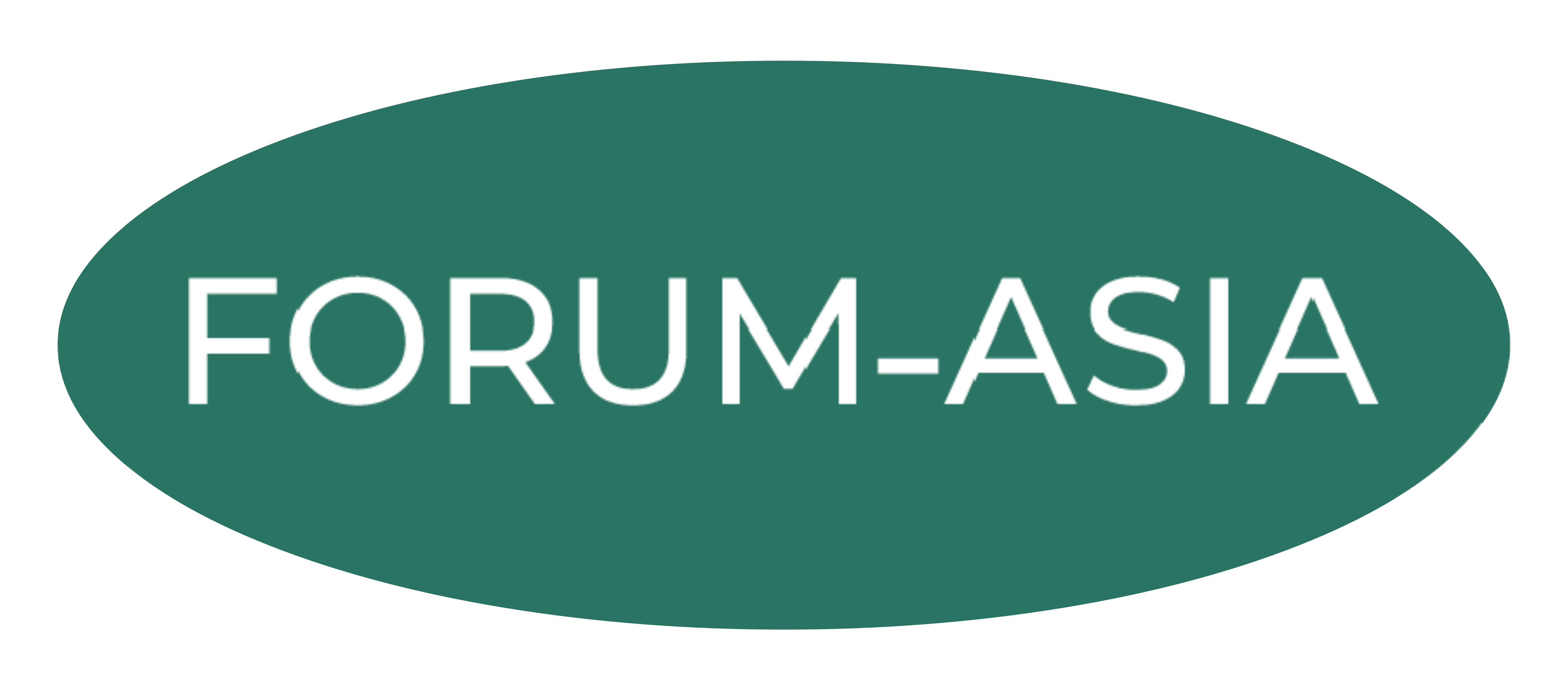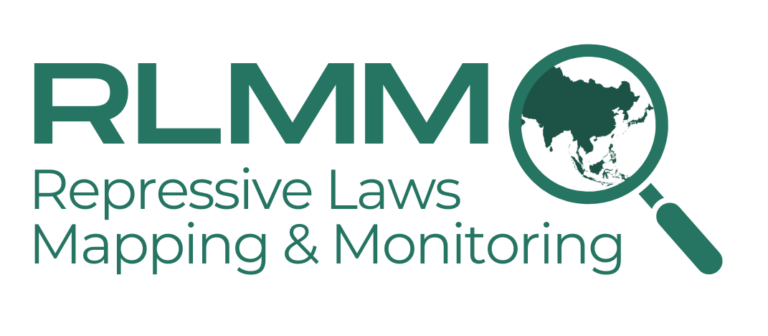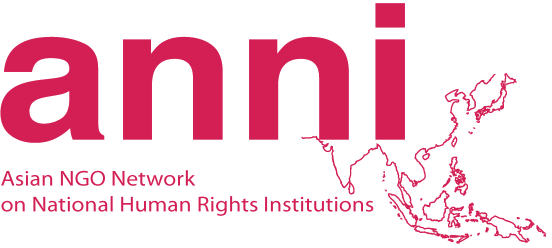The term “human rights” has been included in the draft Charter of the Association of Southeast Asian Nations (ASEAN) signed by its leaders during their 13th summit held in Singapore on 20 November 2007. The document aims to give the 40-year old informal grouping into a legal entity and a rules-bound organisation.
Significantly, the draft Charter includes the “protection and promotion of human rights” as among the core principles of the organization, and mandates the establishment of a “human rights body”. These provisions are a significant milestone for human rights advocates in the region considering the considering the ASEAN’s consistency in avoiding taking a clear stand on human rights issues among its members, and for dragging its feet in the proposal for a regional human rights mechanism, which was raised almost 15 years ago.
Non-governmental organisations have criticised the Charter for being “worryingly vague” on its human rights provisions. It lacks any significant details or concrete principles, meaning the realisation will be left to the grouping’s generally conservative governments which prioritise state security above all else. The drafting process was not transparent: no official copy was publicly released for scrutiny prior to its signing. In fact, the only draft that has been seen by the public was a copy leaked to the media by sympathetic ASEAN conference staff who wished to remain anonymous.
The document also lacks vision since the document merely codified many of ASEAN’s previous agreements and practice, including the much-criticised decision-by-consensus and non-intervention. The main emphasis of the Charter is still in the formation of a single economic market, along the lines of the European Union. Despite the document’s avowal to create a “people-oriented” ASEAN, procedures and policies outlined in the Charter still remain state-centred.
It remains to be seen how the charter can really transform ASEAN into a rules-bound bound organisation that can rein in members who violate core principles. This is particularly relevant in the case of Burma, which has defied a long-standing pressure for dialogue and democratic transition from the international community, including from members of ASEAN.
The proposed Charter will become binding after all ten members have ratified the document. While ASEAN expects this process to be completed within one year, the possibility for this had been placed under a cloud of doubt even before the region’s leaders concluded their series of meetings in Singapore. The Philippine president expressed her doubts that the Philippine legislature will ratify the Charter, unless Burma takes significant steps towards dialogue and democracy, in view of an earlier violent crackdown on massive protests, and the junta’s veto of a briefing by the UN special envoy on Burma before ASEAN.



